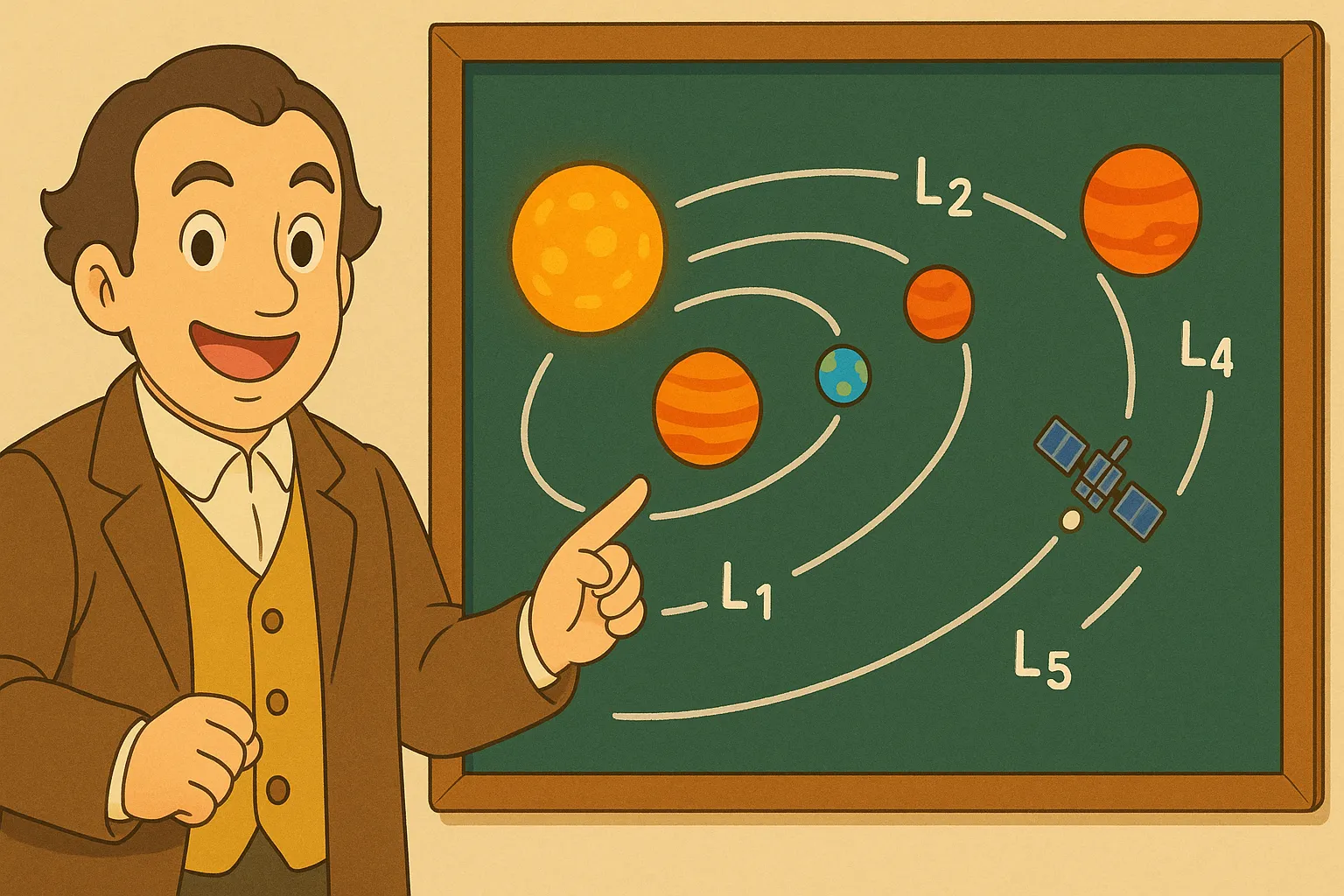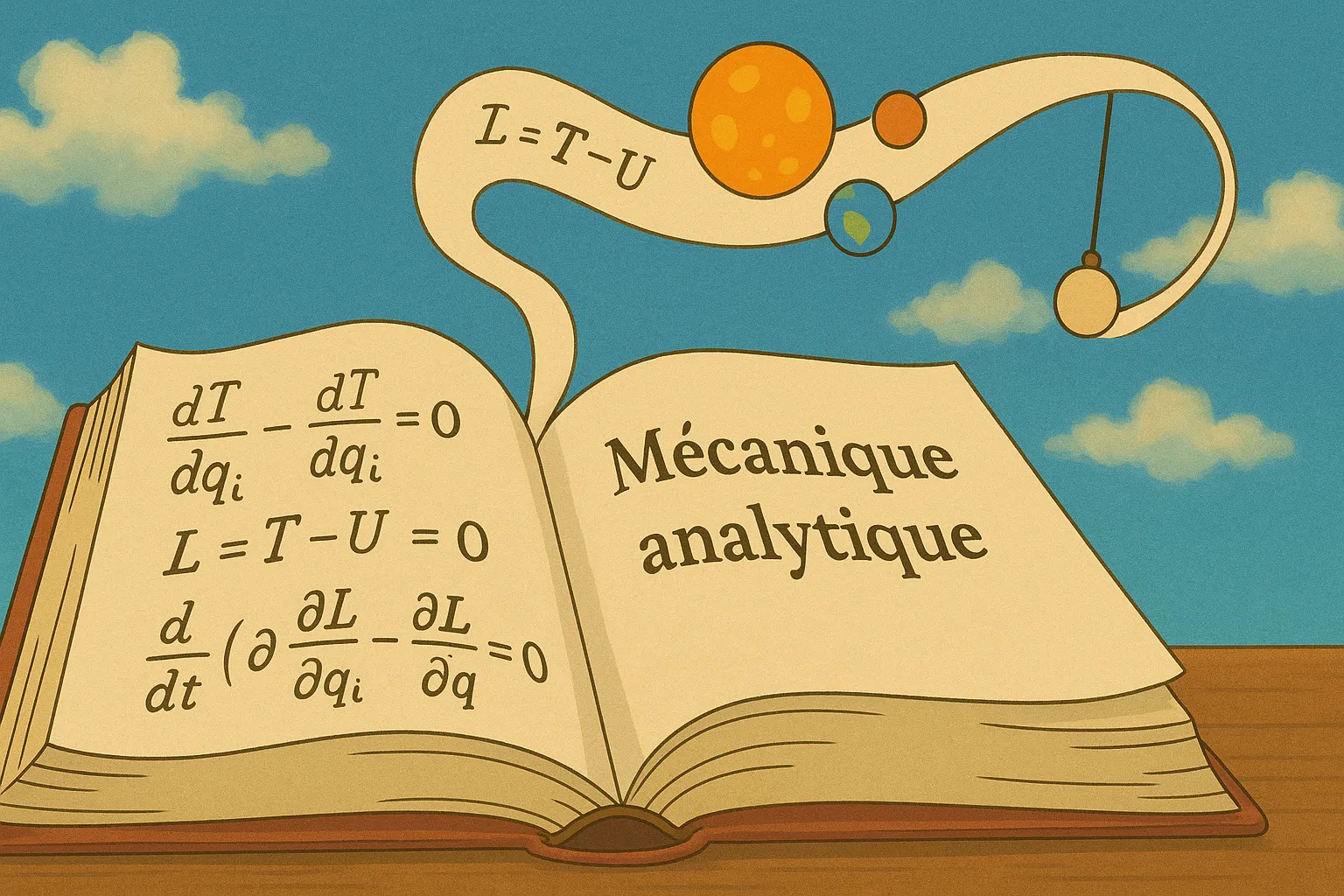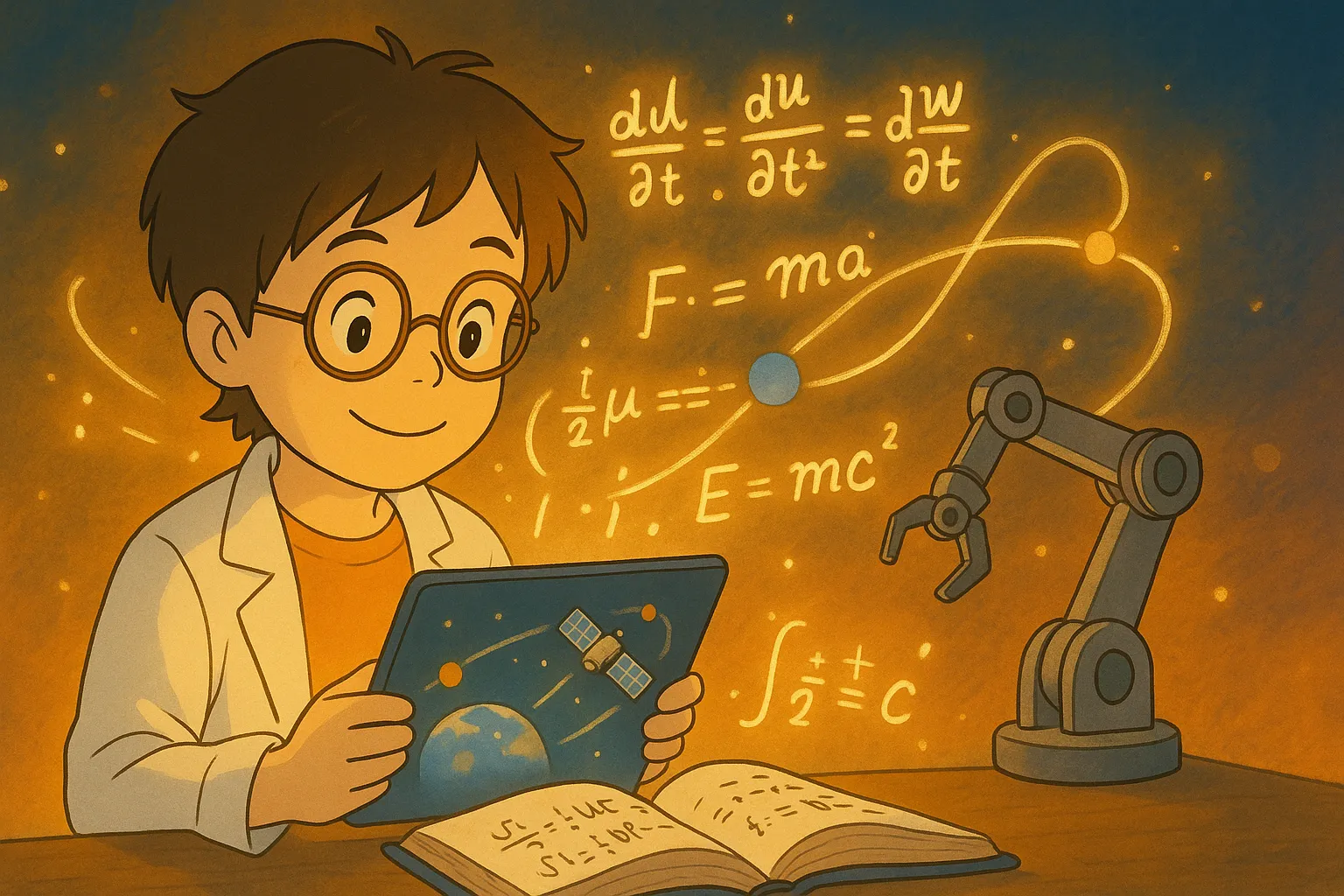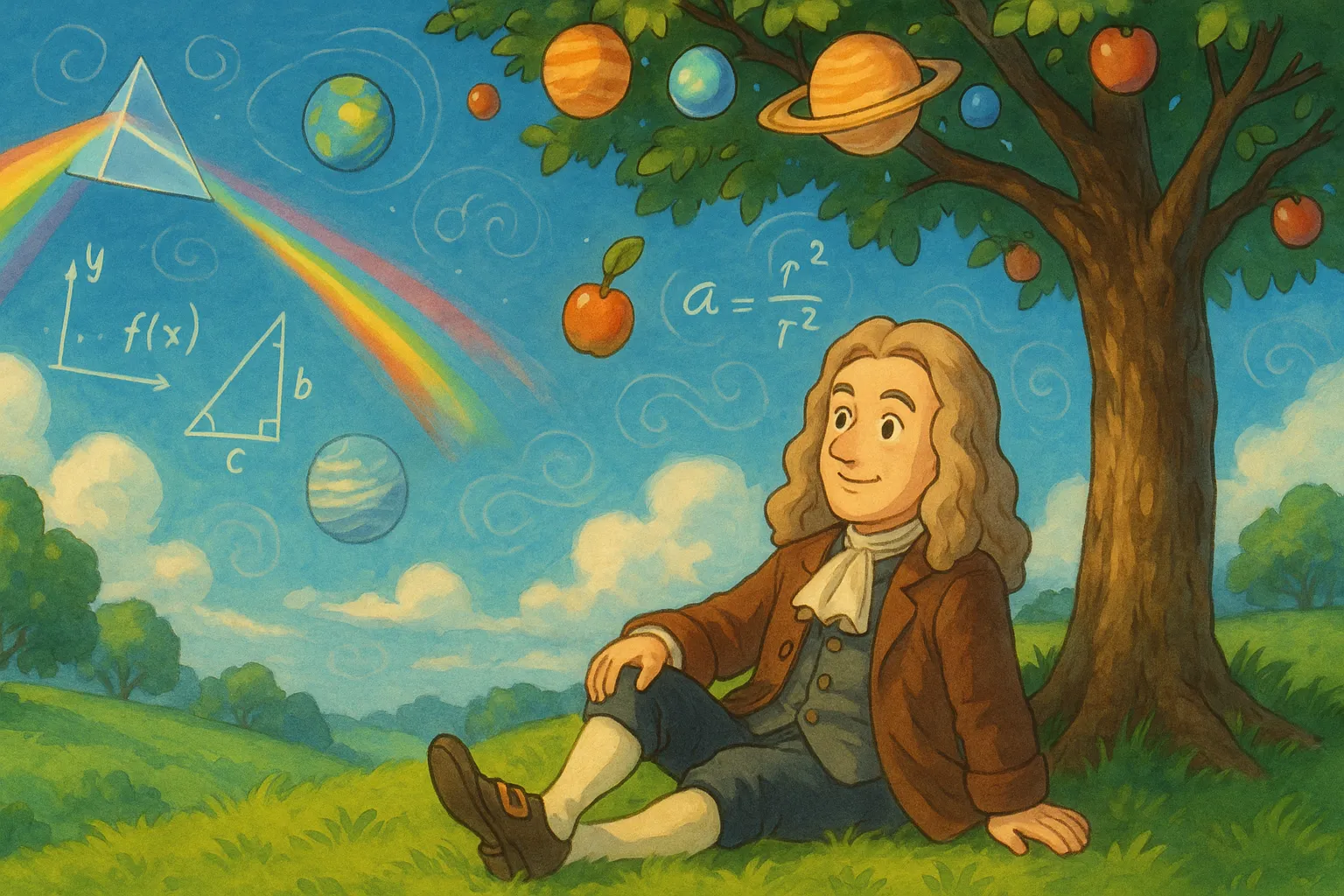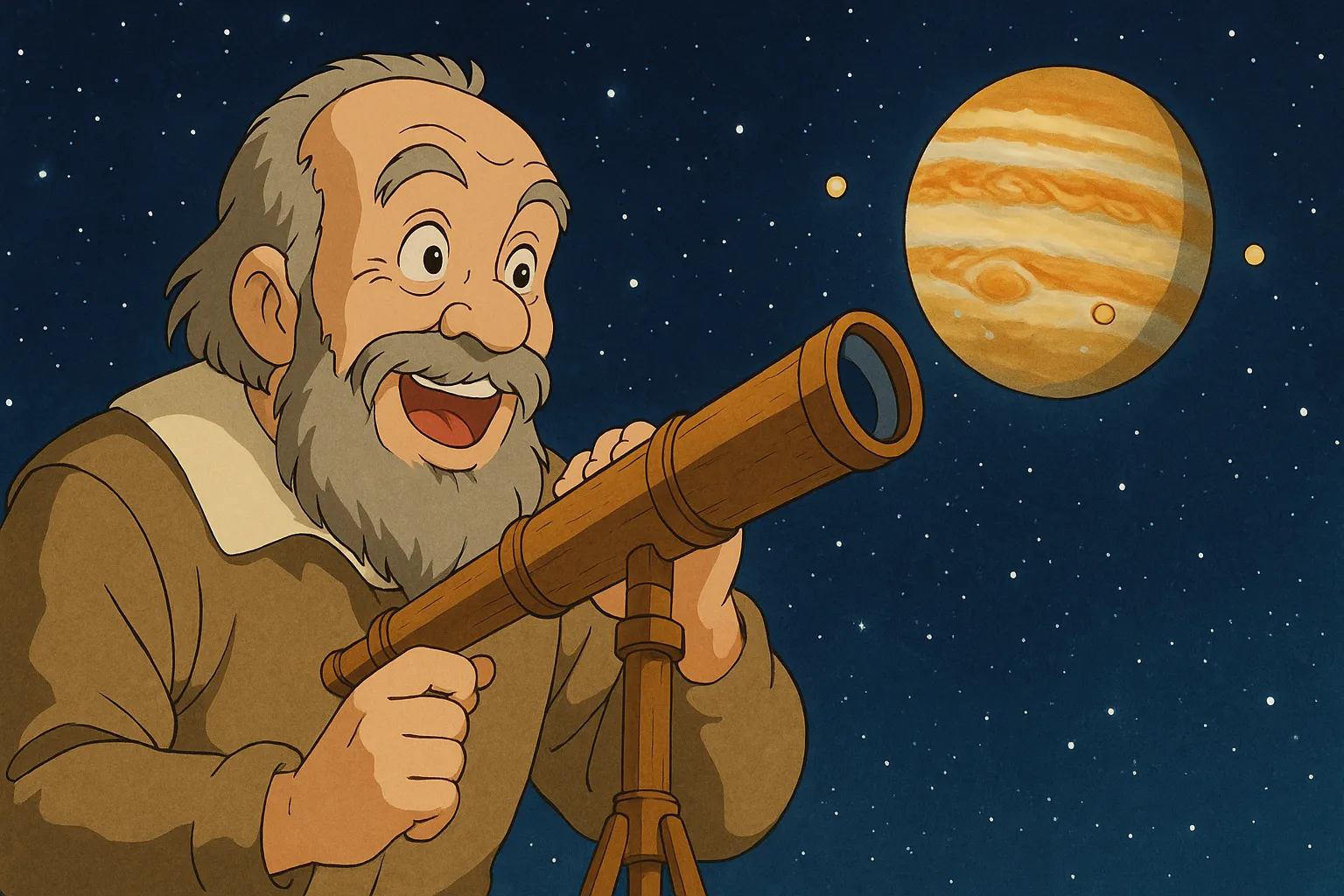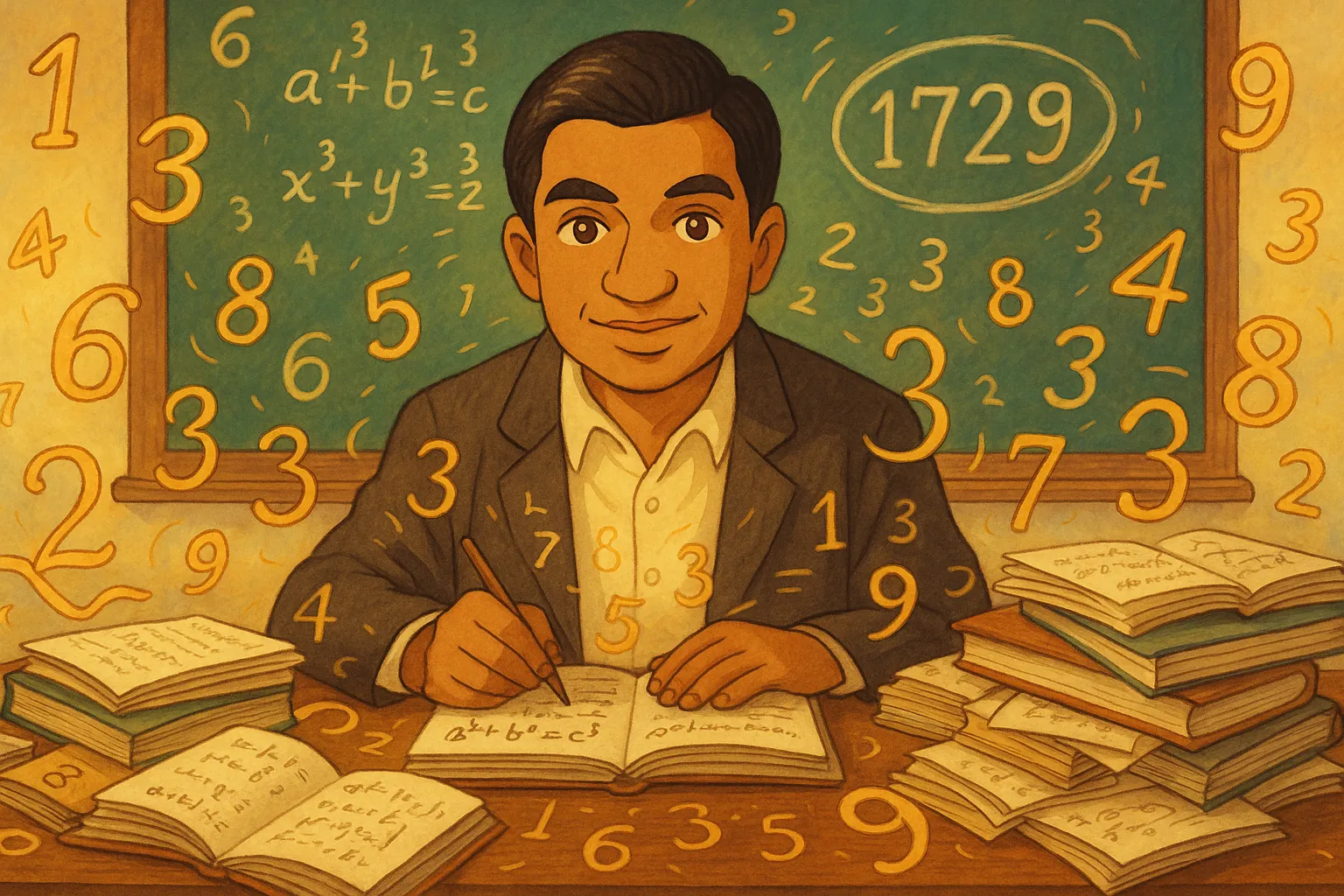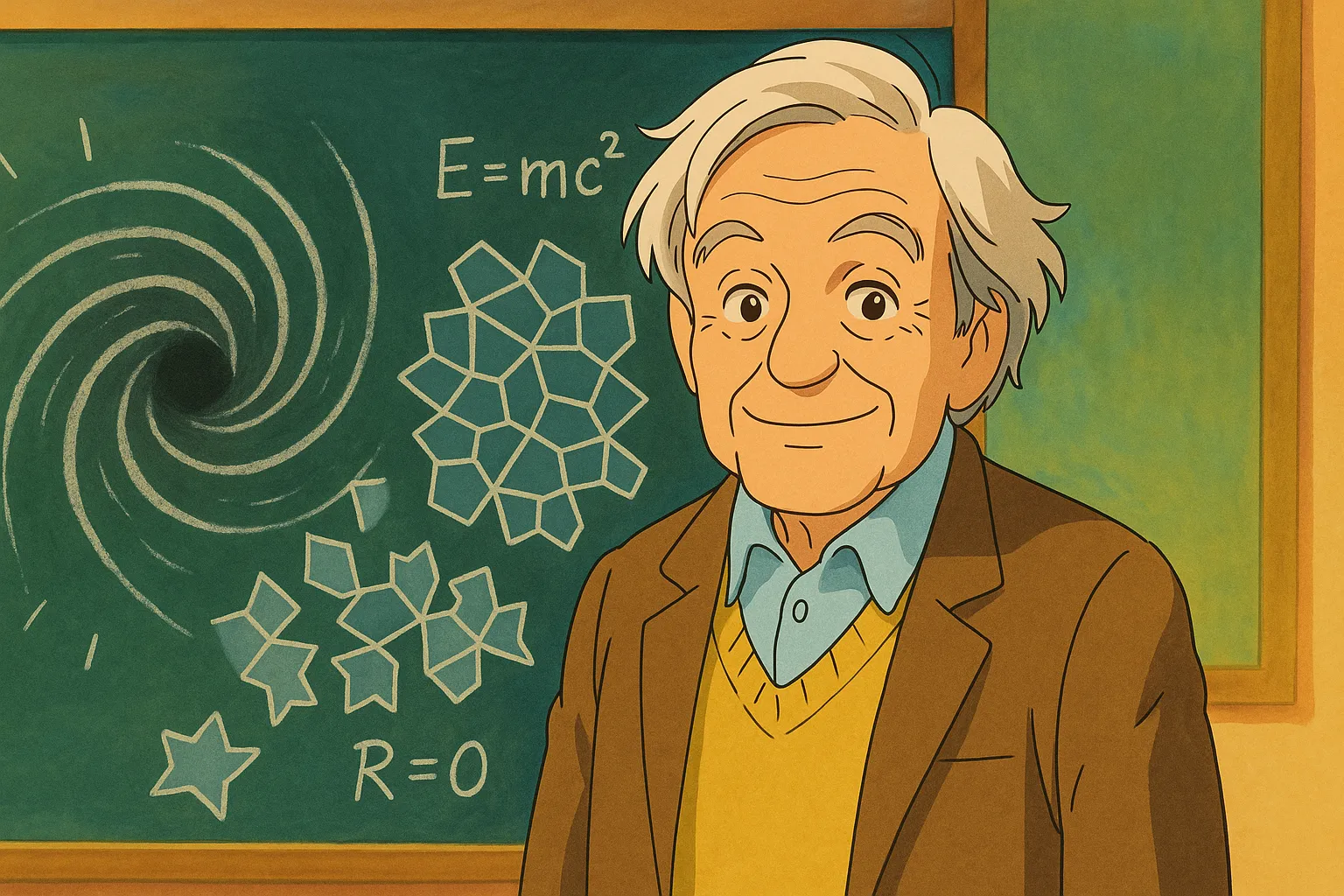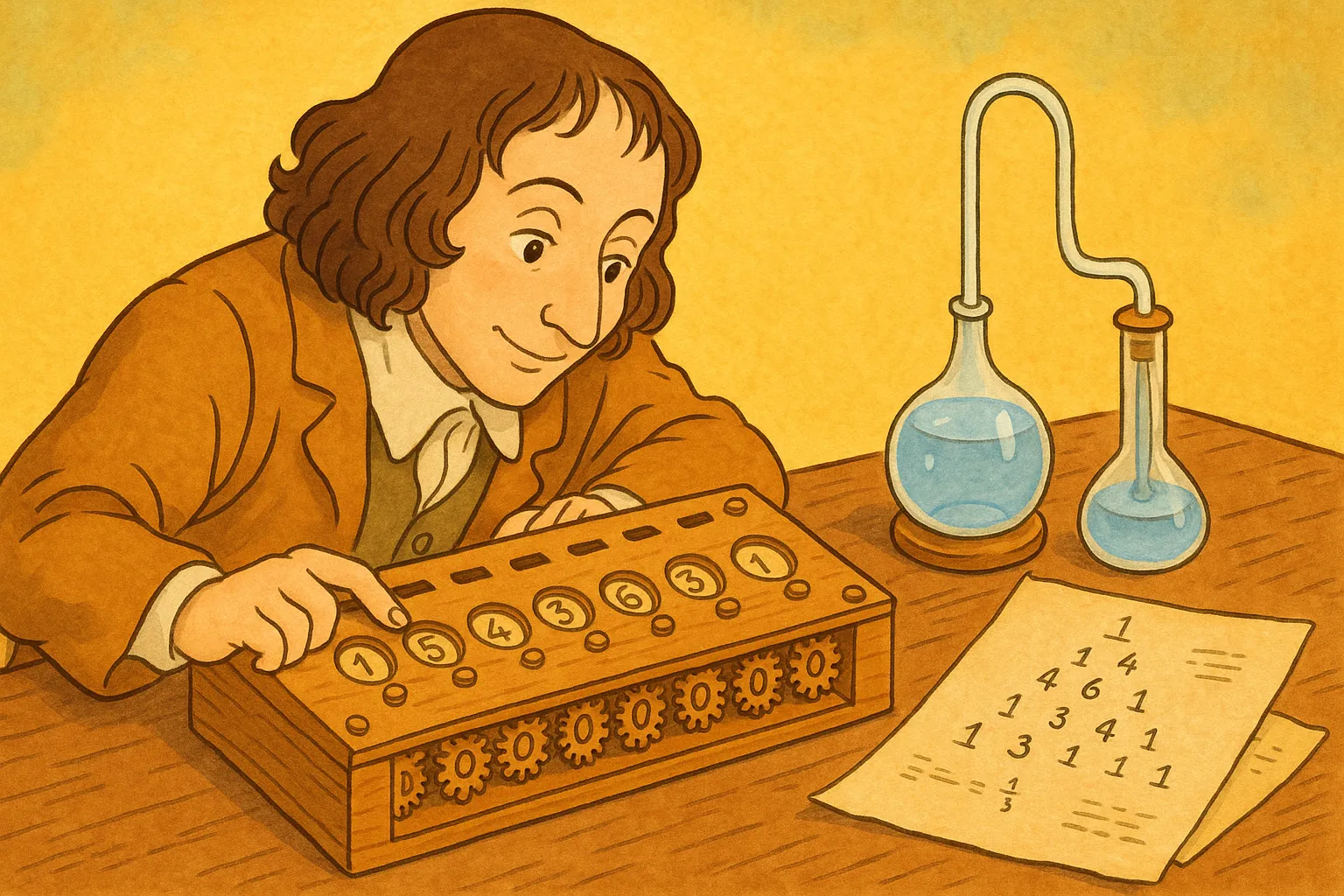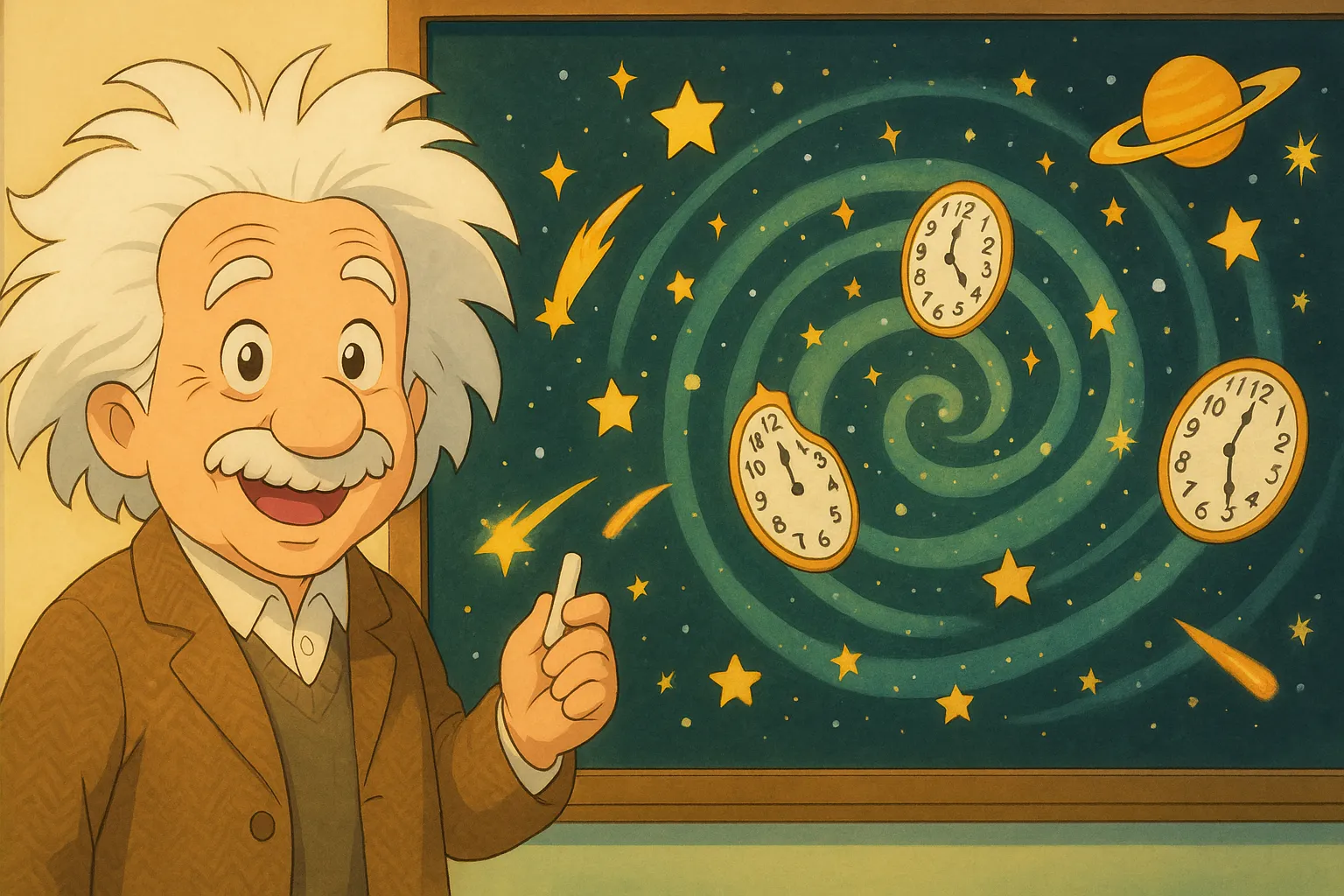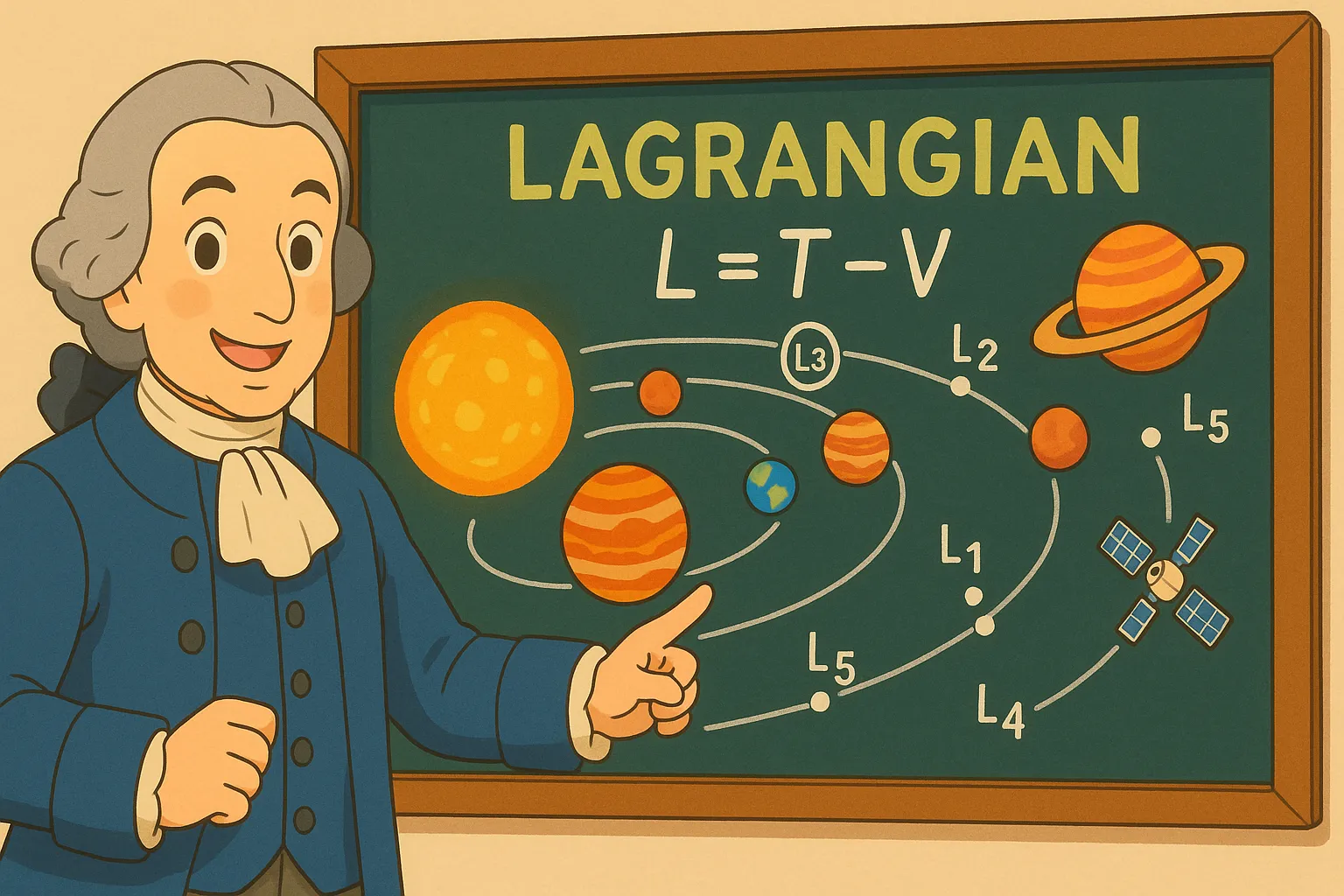
Joseph-Louis Lagrange

1736-1813
Mathematical genius of classical mechanics
Published: October 30, 2025
Frequently Asked Questions
Where was Lagrange born?
He was born in Turin in 1736 (then part of the Kingdom of Sardinia, today in Italy).
How did he start his math career?
He loved math from a young age, largely taught himself, solved important problems early, and became a professor in Turin at about 19 years old.
Which countries did he work in?
He worked in Turin, moved to Berlin to join the Prussian Academy, and later lived and worked in Paris.
Was he honored during his life?
Yes. He was elected to leading science academies and was invited by rulers and institutions of his time to lead mathematical work.
Did he teach or influence others?
Yes. He taught at academies and influenced many later mathematicians through his clear writings, which became standard references.
